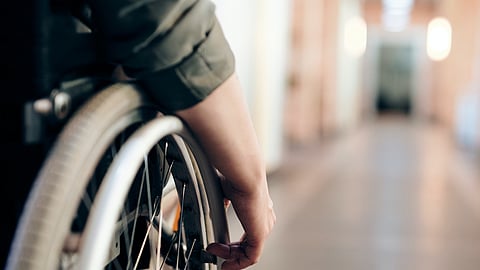The precise etiology remained elusive for an extended duration. Such complications, at their most severe, can lead to fatality, or they can impede the recuperative journey. Presently, an international consortium of researchers has meticulously explored the inquiry concerningwhether the immune system endures direct impact and sustains harm following a spinal cord injury.
"We aimed to ascertain whether immune deficiency resulting from a spinal cord injury is contingent upon the severity and extent of the damage, akin to what transpires in muscular paralysis," states Dr. Marcel Kopp, a researcher affiliated with the Department of Experimental Neurology at Charité. Paraplegia arises when the spinal cord is partially or completely severed, resulting in paralysis of the limbs below the injury and a diminished sense of sensation. Additionally, vital neural connections in the spinal cord disruption can impact organs or organ systems.
The primary peril faced by individuals with acute paraplegia lies in acquiring infections within the initial weeks, which can escalate to sepsis, a form of bloodstream infection. Preventing such infections constitutes a crucial objective. Infections not only jeopardize patient survival but also hinder the successful restoration of neurological and motor functions. Enhanced outcomes in rehabilitation could be achieved through the implementation of localized therapies, as well as novel preventive and immune-stimulating treatments.


